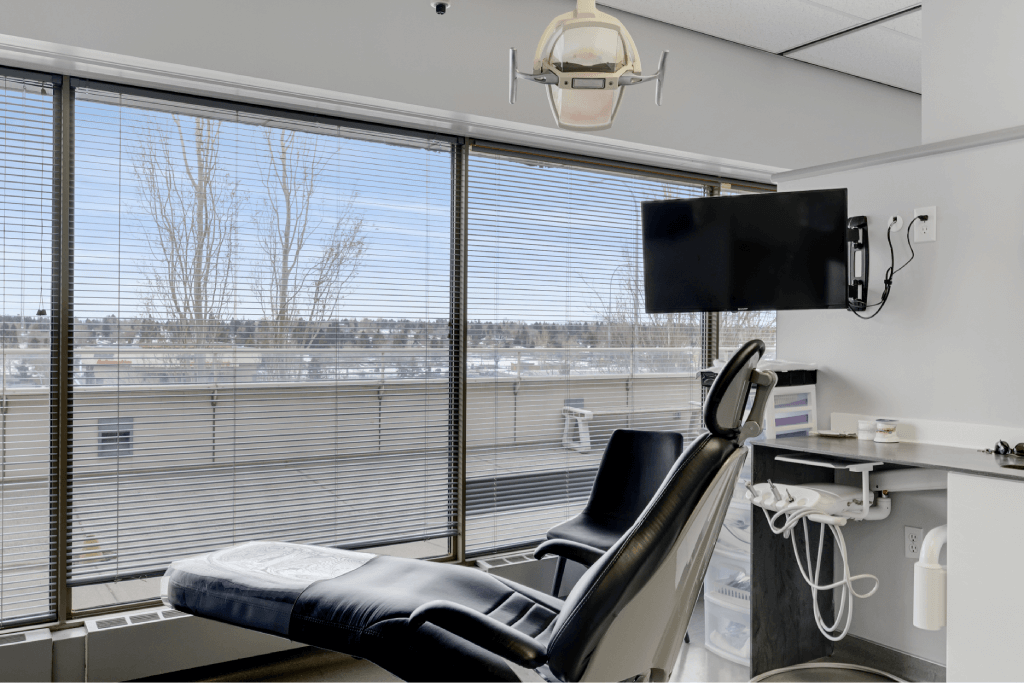Business cards may be a small thing. But it has the full potential to create a first impression if used aptly. A well-designed business card can elevate your brand. It can also act as an effective marketing tool that can grow your business to a great extent. But not only the design but also the content matters a lot. It is as significant as the design.
If you happen to pick up any business card, you will notice that one side contains the company details, and the flip side will give you the contact information. Often you find it hard to decide what to be printed on the card and, in the end, provide so much information that the card looks cramped up. A cluttered card of this sort might not be well received and can create confusion for the receiver. Read on to know how you can take care of and prevent such a thing from happening.
What to include
The key elements that everyone includes in their business card are their name, designation, email address, phone number, website address, and logo. However, there is no hard and fast rule regarding what should be and shouldn’t be included. The other things that you can print are –
- Social media page information
Social media platforms have taken business marketing to a different level. Every brand is hankering after new strategies to make their digital presence felt in the whole world. So, by sharing social media profiles in your custom business cards, you can build brand awareness and gain recognition too.
- Company tagline
Companies often promote themselves by using slogans or taglines. In the long run, these slogans become ingrained into the identity of the company. If your company has a catchy phrase describing its motto, you can go ahead and print it underneath the logo. It will certainly reinforce the identity of your brand.
- Accreditations (if any)
Your company may not have a slogan. To make it easier for the recipient to understand what you do or what services you offer, you can describe it in very few words below the logo. Adding accreditation (if you have achieved any) gives the people a sense of assurance, and they will not think much before trusting you.
- Adding images
For personal business cards, the modern trend is to include self-images in them. It aids in adding a personal touch. Your image will work as a reminder of the conversation you had in an event.
- Adding space to write
We agree that a business card is too small to accommodate a space for the recipient to write on it. But we can make it easily! You can leave white space at the back of the card (by using uncoated paper stock) for writing any important information that you communicated verbally to the receiver.
- Safety Lines
Safety lines are edges that are within the area where the cut will be made. Keep all necessary information such as names, addresses, phone numbers, or logos within the security line.
To make sure your card clearly communicates everything you want, have someone look at it before you commit to printing.
You could ask them the following:
-What is the first thing you see?
-Is it clear what products/services I offer?
-How would you contact me?
-Is the text easy to read or do you have to squint?
-Is the logo and text contrasting enough with the background?
Conclusion
Hence, if you have other details that you think are crucial for the portrayal of your brand, you can quite well accommodate them in your card. But remember not to mess the whole thing up by adding too many things.









